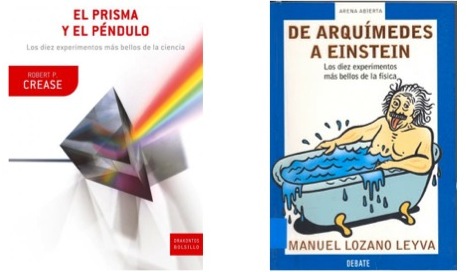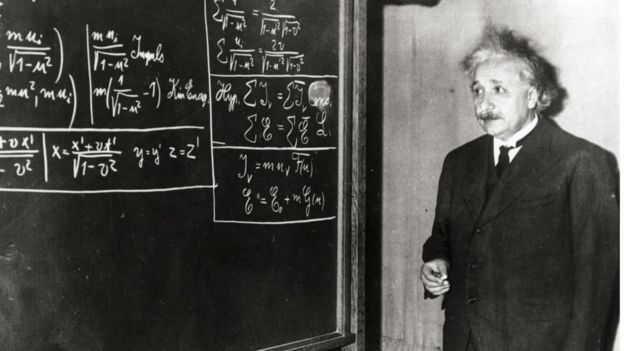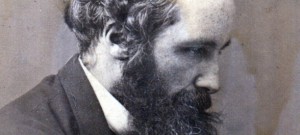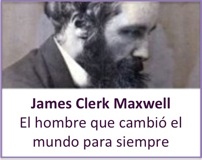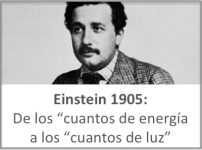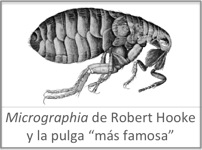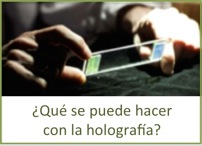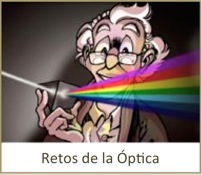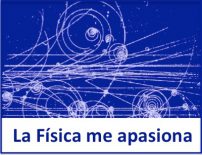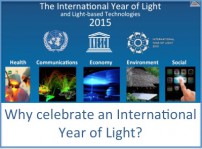En el año 2002 Robert P. Crease, historiador de la ciencia, preguntó a los lectores de la revista Physics World (donde escribe una columna desde el año 2000 titulada critical point) cuáles eran, en su opinión, los experimentos más bellos de la física. Para confeccionar la lista escogió los diez experimentos que fueron citados por los lectores con mayor frecuencia. Su “lista” se publicó en la revista Physics World, pero de allí la noticia saltó a las páginas de The New York Times el 24 de septiembre de 2002 y en España fue el diario El País el que dedicó mayor atención a la “noticia” en su edición del 23 de octubre de 2002. ¿En qué radica la “belleza” de estos experimentos? Seguramente la respuesta es que el denominador común de la mayor parte de ellos es la gran simplicidad de medios para su realización y que desde luego todos tuvieron una gran capacidad de cambiar el planteamiento dominante en su tiempo que ofrecieron sus conclusiones. Además, casi todos los experimentos de esta lista de los diez más bellos fueron realizados individualmente o, como mucho, con la ayuda de unos pocos colaboradores, y en un plazo de tiempo relativamente corto. El orden del resultado de la encuesta, por número de votos, fue el siguiente:
- Interferencia de los electrones al pasar por una doble rendija (Bohr, De Broglie, Heisenberg et al.)
- Caída libre de los cuerpos (Galileo)
- Determinación de la carga eléctrica del electrón (Millikan)
- Descomposición de la luz del Sol por un prisma (Newton)
- Interferencia de la luz por la doble rendija (Young)
- Medida de la constante de la gravitación universal con una balanza de torsión (Cavendish)
- Medida del radio de la circunferencia de la Tierra (Eratóstenes)
- Caída de un cuerpo por un plano inclinado (Galileo)
- Descubrimiento del núcleo atómico (Rutherford)
- Movimiento de la Tierra (péndulo de Foucault)
El experimento que quedó en el undécimo lugar fue el principio de Arquímedes de la hidrostática (ver vídeo), seguido por el método de Römer para la medir la velocidad de la luz. Otros experimentos considerados “bellos” fueron el experimento de Michelson y Morley o la experiencia de Oersted (ver vídeo), ya comentada en una entrada anterior.
Años después Robert P. Crease escribió un libro sobre este tema (“El prisma y el péndulo”), el cual finaliza señalando que “la capacidad de reconocer la belleza de los experimentos nos puede ayudar a abrir los ojos ante un sentido de la belleza más fundamental” y, como punto final a su libro, incluye la siguiente cita del matemático, físico teórico y filósofo de la ciencia francés Henri Poincaré (1854-1912):
“Los científicos no estudian la naturaleza porque sea útil; la estudian porque les place, y les place porque es bella. Si la naturaleza no fuese bella, no valdría la pena conocerla, no valdría la pena vivir la vida”.
Os sugiero busquéis más información sobre estos experimentos que podéis ampliar, por ejemplo, en internet, en textos de Física (Tipler, Gettys, Alonso & Finn, etc.) y más específicamente en los siguientes libros de Robert P. Crease y Manuel Lozano Leyva:
R. P. Crease, El prisma y el péndulo: Los diez experimentos más bellos de la ciencia (Ed. Crítica, Barcelona, 2009).
M. Lozano Leyva, De Arquímedes a Einstein. Los diez experimentos más bellos de la física (Ed. Debate, Barcelona, 2005). (Este libro está disponible en la Biblioteca Politécnica, Óptica y Enfermería de la Universidad de Alicante)
